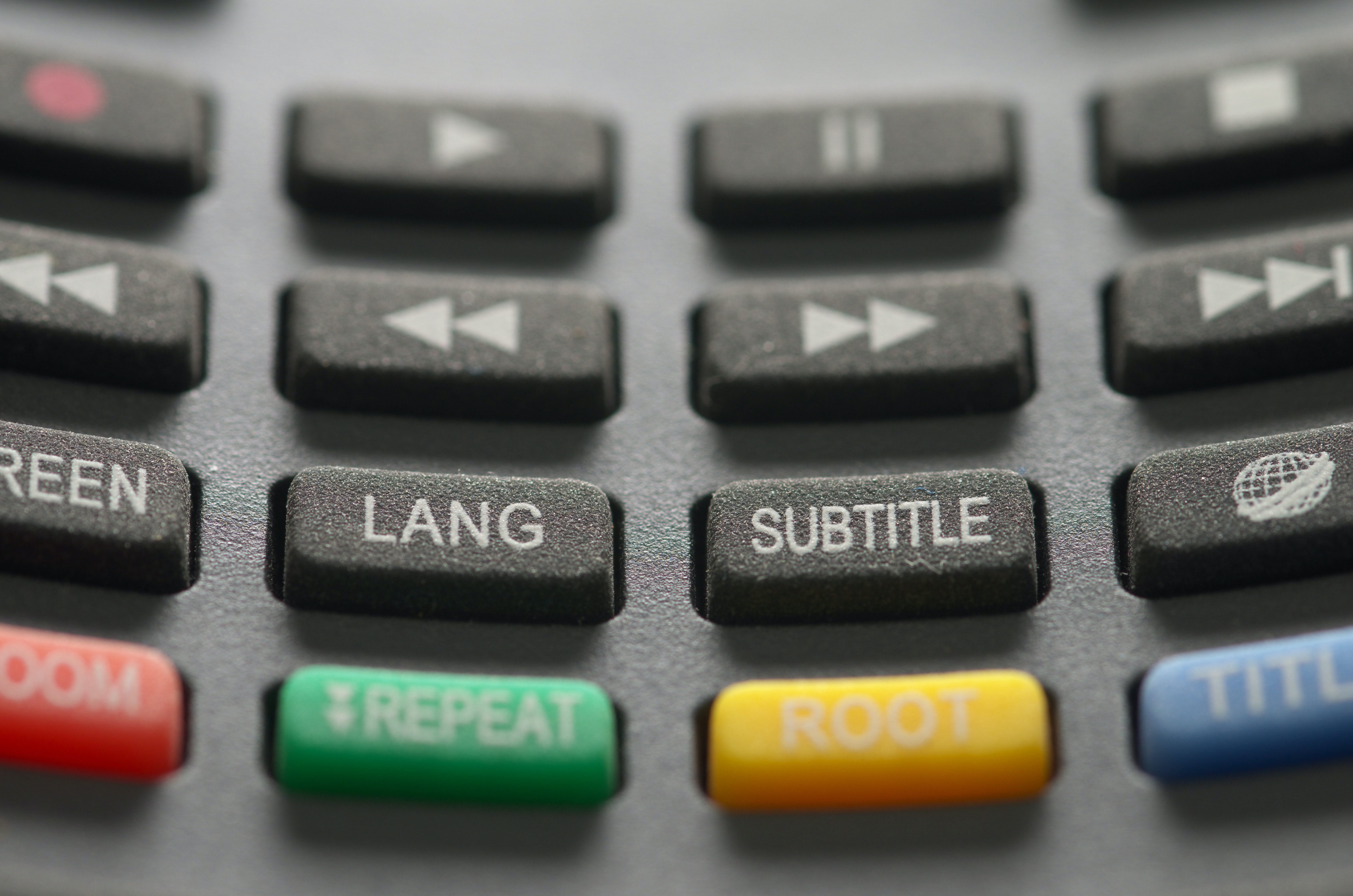
What is a Dialogue Continuity List?
The dialogue list, frequently referred to as the dialogue continuity list or the spotting list, represents a post-production script that is provided to a network or production company for the purpose of creating subtitles and timecodes that can be used for translating and capturing accurate dialogue for foreign films or when translating the film into a foreign language. These lists also serve as the final legal description of the project which is used for copyright purposes. Therefore, the dialogue continuity list represents a blueprint that can later be used for a variety of purposes. Including dubbing, voice-over, subtitling, and closed-captioning.
Types of Dialogue Continuity Lists
The dialogue continuity list may include various information such as the timestamps, cut-by-cut descriptions of camera movements and shots, character names and dialogue.
As well as pertinent details regarding the main narrative of the film and various details surrounding dialogue, sound effects, and credits.
Depending on the type of dialogue continuity list the details that are included could vary substantially.
The most common types of dialogue continuity lists include:
- Combined continuity and spotting lists
- Spotting list
- Combined dialogue and spotting lists
- Combined continuity list
Various Types
The amount of information and the order of information included in each type of dialogue continuity list is going to vary based on the type of list specifically.
What’s Included in the Dialogue Continuity List?
A spotting list includes a lot of important information about a script or screenplay broken down by timestamp and character.
When dialogue is broken down by subtitles or captions, it is referred to as a spotting list.
Whenever the dialogue is just written out, without any specific breakdown by captions or subtitles, it is called a dialogue list.
Each dialogue continuity list is going to contain specific data. Based on the intended needs to be fulfilled with this list.
For instance, the following details might be included:
- The dialogue, verbatim, just as it is written.
- Any sound effects that are heard such as gun shots, the sound of thunder, or a horn honking in the distance.
- Background noises such as any music or other sounds.
- A description of any music that is heard such as “classical music” or “spooky music” or “upbeat music.”
- Detailed lyrics to any music that is included.
- Character identification that directly specifies who is speaking and to whom.
- Voice-over designations and identification whether narrator, voice of god, a women’s voice, etc.
- The timecode or timestamps including in time, out time, and the duration of any dialogue, music, or other sounds.
- Ending credits.
The Takeaway
As you can see, a dialogue continuity list includes a lot of important information. Depending on the exact purposes of the list and what it is intended for.
These spotting lists are used for a variety of purposes but typically get delivered at a blueprint for post-production subtitling, closed-captioning, or dubbing.
They must be incredibly accurate and easy to follow so that the team that is using the list can get maximum value out it.



